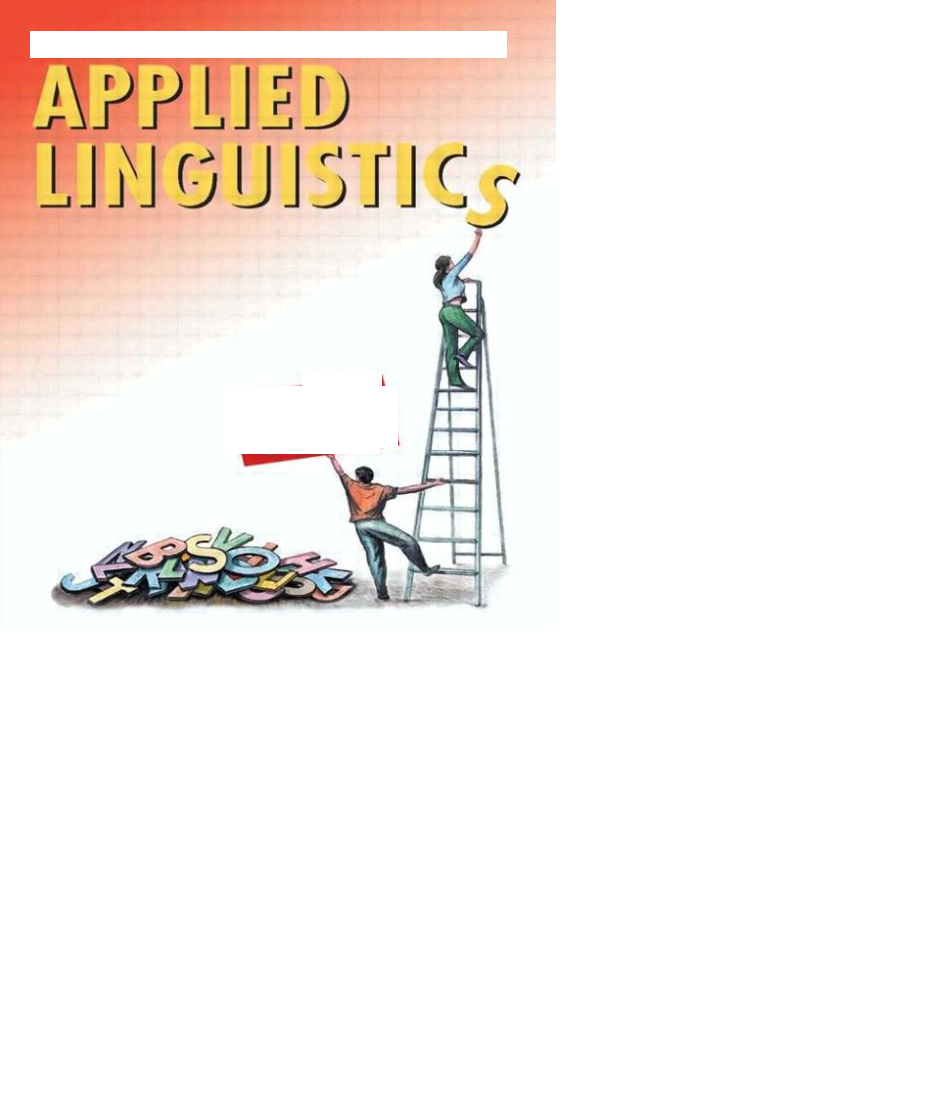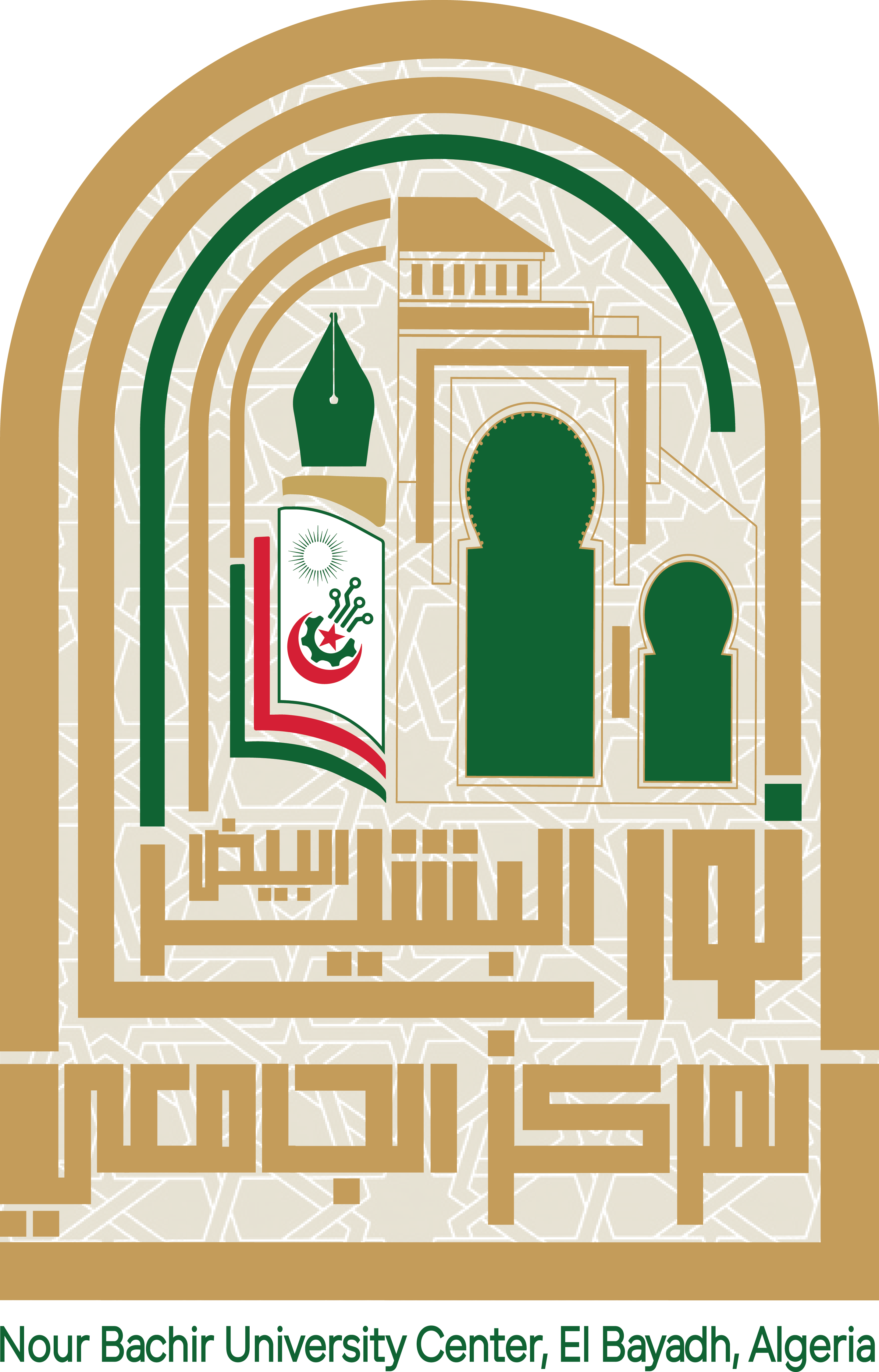
This course offers a comprehensive exploration of key topics in applied linguistics, focusing on the processes and factors influencing language acquisition and learning. Students will distinguish between language acquisition and learning, explore the role of interaction, and analyze the Critical Period Hypothesis. The course examines the intricate relationship between language and culture, including how cultural identity shapes and is shaped by language learning.
Through an investigation of linguistic relativity, communicative competence, and its cultural dimensions, students will gain a deeper understanding of how language functions as a tool for both communication and cultural expression. Theoretical perspectives on language acquisition, such as nature vs. nurture, linguistic universals, and the role of input, will be evaluated alongside insights into child language development and individual differences in learning styles, motivation, and personality.
The course emphasizes practical applications by integrating theories into teaching strategies, fostering learner autonomy, and tailoring approaches to individual differences. This dynamic learning experience equips students with the knowledge to enhance language acquisition outcomes and engage critically with the factors shaping linguistic competence in diverse contexts.
Key Outcomes:
By the end of the course, students will:
- Differentiate between key concepts in language acquisition and learning.
- Understand the relationship of cultural and linguistic factors in communication.
- Evaluate theoretical frameworks of language acquisition.
- Apply insights into individual differences to effective teaching and learning strategies.
- Develop a holistic perspective on how interaction, motivation, age, and cognitive styles influence language learning.
- Teacher: makhlouf abdel kader
